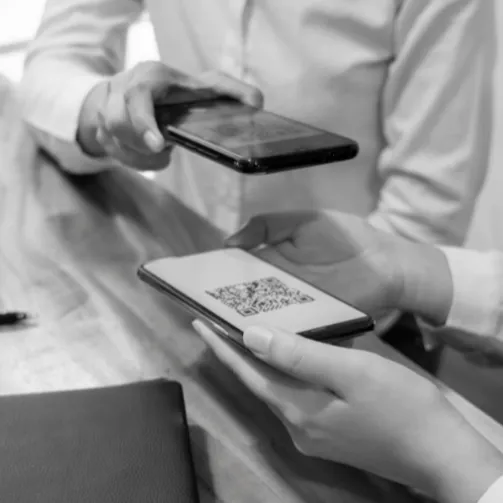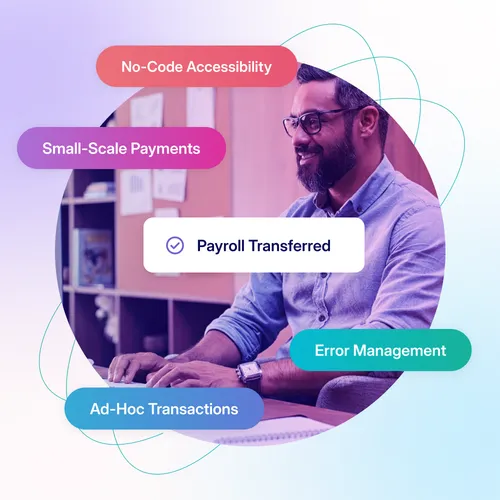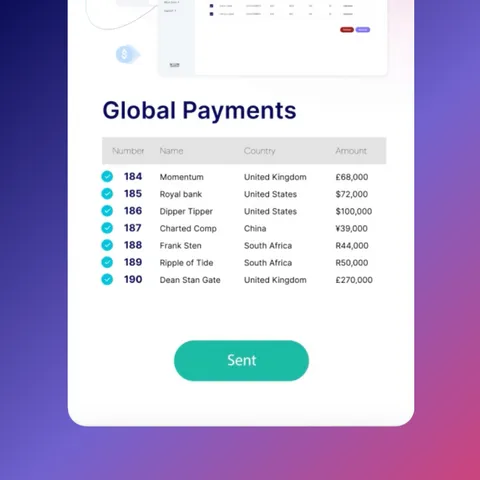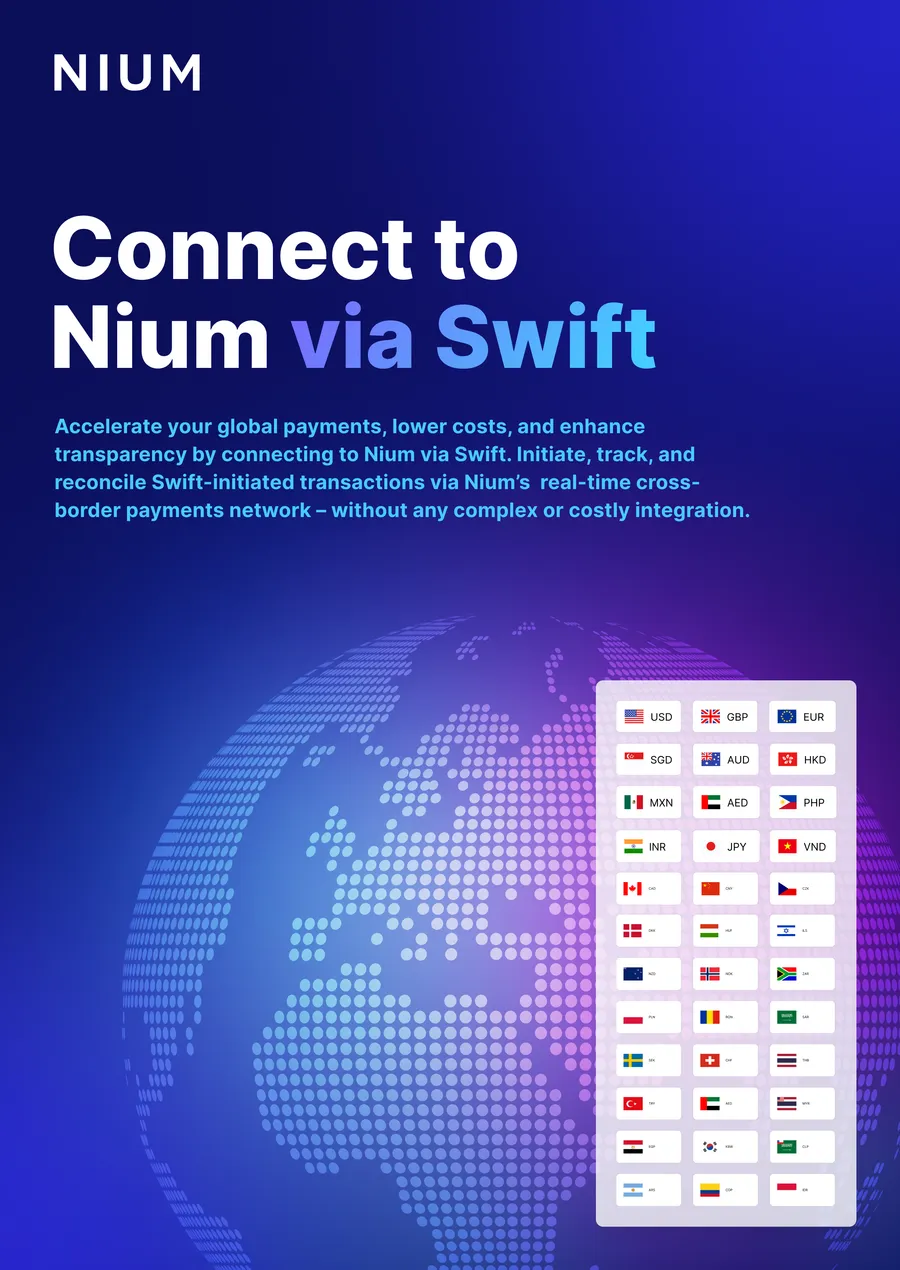Whether it’s the Global Financial Crisis of 2008, the startup revolution, or the Covid-19 pandemic, recent international events have seen the payments industry evolve faster than at any other time in the last century. The world after Covid-19 is ripe for innovation in the payments space, and here are six trends we at Nium see reshaping the industry in years to come.
Evolution of payments
Until recently, the evolution of payments moved at a near glacial pace. It took more than a century for cash to give way to digital cards, and we had to deal with cheques and physical cards on the way. But the Covid-19 pandemic saw a sea change. As we note in our eBook, Seven Digital Payment Innovation for 2022 and Beyond, the share of cash payments dropped to just 20% globally in 2020.
Asian markets cleared the way for mobile payments, but the US is following close behind. Currently, these are still tied to bank accounts, virtual cards, or e-wallets, but companies like Nium are working to simplify the process even more.
The next big trend looks to be Biometric Payment Cards—including a fingerprint sensor on the card itself. ABI expects 2.5 million of these to be issued in 2021, but that leaves a long way to go if they’re to catch up with the 2.8 billion regular credit cards currently in circulation.
Real-time payments: what it is, why it’s changing
Real-Time Payments (RTPs) are having a massive impact on the payments space. Initiated and settled almost instantaneously, they allow consumers, merchants, and financial institutions to safely undertake transactions at the drop of a hat, and gather accurate data as they go. This gives businesses more information to satisfy their customers’ demands, as well as helping them manage their own finances more efficiently.
RTPs are growing more ubiquitous thanks to a variety of factors. Technological innovation, globalisation, regulatory pressures, emerging startups, and increased customer expectations are all pushing the trend. It’s a well established fact of finance that a payment’s value increases the quicker we get it. That gives near-instantaneous payments a lot of appeal.
Better company cards for cost management
The global pandemic has shaken things up in all kinds of industries, but it’s unlikely to be the last world-changing event we’ll see this century. With upheavals such as these, both company and consumer behavior can change drastically. The better equipped businesses are to gather accurate data and adapt to new situations, the more resilient they’ll be, and improving the cards they issue is one way they can better track, manage, and report on company spend, providing greater security in difficult times. The future is in customisable cards that can control and monitor employee spending, helping them to do their jobs better and managing company-wide outgoings more effectively.
Beyond bank accounts
Having become financially independent adults in the wake of the global financial crisis, millennials don’t have the same attachment to traditional banks as the generations that came before them. Younger people are far more likely to sign up with the new wave of digital-first Neo Banks offering low (or no) fees, and simple, bureaucracy-free user experiences.
Since traditional banks haven’t offered attractive interest rates for some time, people are exploring more beneficial uses for their money than just putting it away in one place. These include alternative investment platforms and instant-transfer-enabled digital wallets like PayPal or Venmo. In addition to these, Nium makes it much easier for users to safely spread their money out so it’s serving them.
Embedded spending everywhere
Customers and businesses are more comfortable than ever before spreading their money across a variety of funding sources, and as a result businesses are waking up to the potential of embedding payments into their core customer experience. This gives companies more control over the end user experience, and cuts out the middle men that can introduce friction to transactions.
Starbucks already proved it works. Until Apple Pay took over in 2019, the Starbucks app was the leader in contactless mobile payments in the US. Nearly two thirds of customers used the app to pay at the register, more than half of them ordering ahead before they even entered the store.
Embedded payments work because they make the user experience easier, and the more friction you can remove from a transaction, the more likely you’ll be to get customers engaged. That’s why Nium is working to make integrating payments easier for any platform. It’s just common sense.
Frictionless cross-border payments
Cross-border payments have always been an obstacle to easy transactions. Technological inadequacies and regulation are common problems, but another key issues is transparency. Issuers like Visa and MasterCard have long had a monopoly on purchases in local currency and the subsequent conversion process, and they don’t always ensure that the process is as simple and frictionless as it could be.
While headway’s been made in Europe thanks to the European Commission’s review of the payments industry, and SWIFT is currently working on a new system to facilitate cross border payments, this still involved an unnecessary layer of obscurity. With the opportunities afforded by new technologies and more accommodating regulatory regimes there’s a growing appetite for more simplicity. Nium offers fully transparent virtual accounts, as well as access to card networks for managing expenses, payments, loyalty rewards, and more, all of which help take the friction out of cross-border payments.




.png@webp)



.png@webp)



